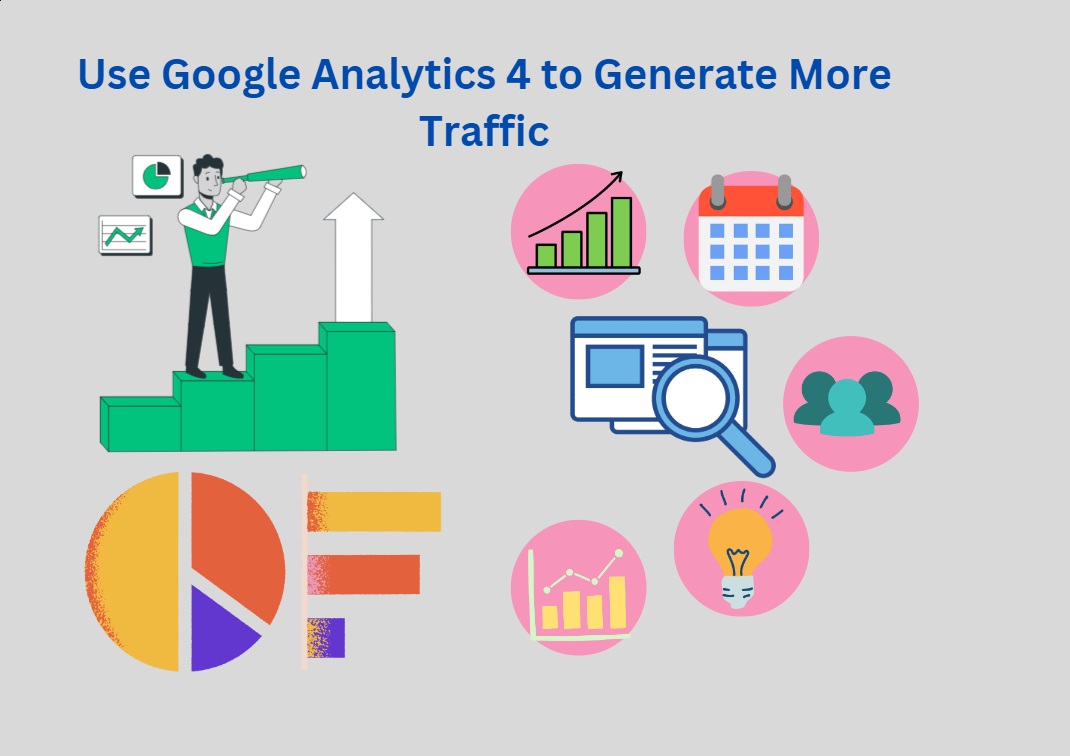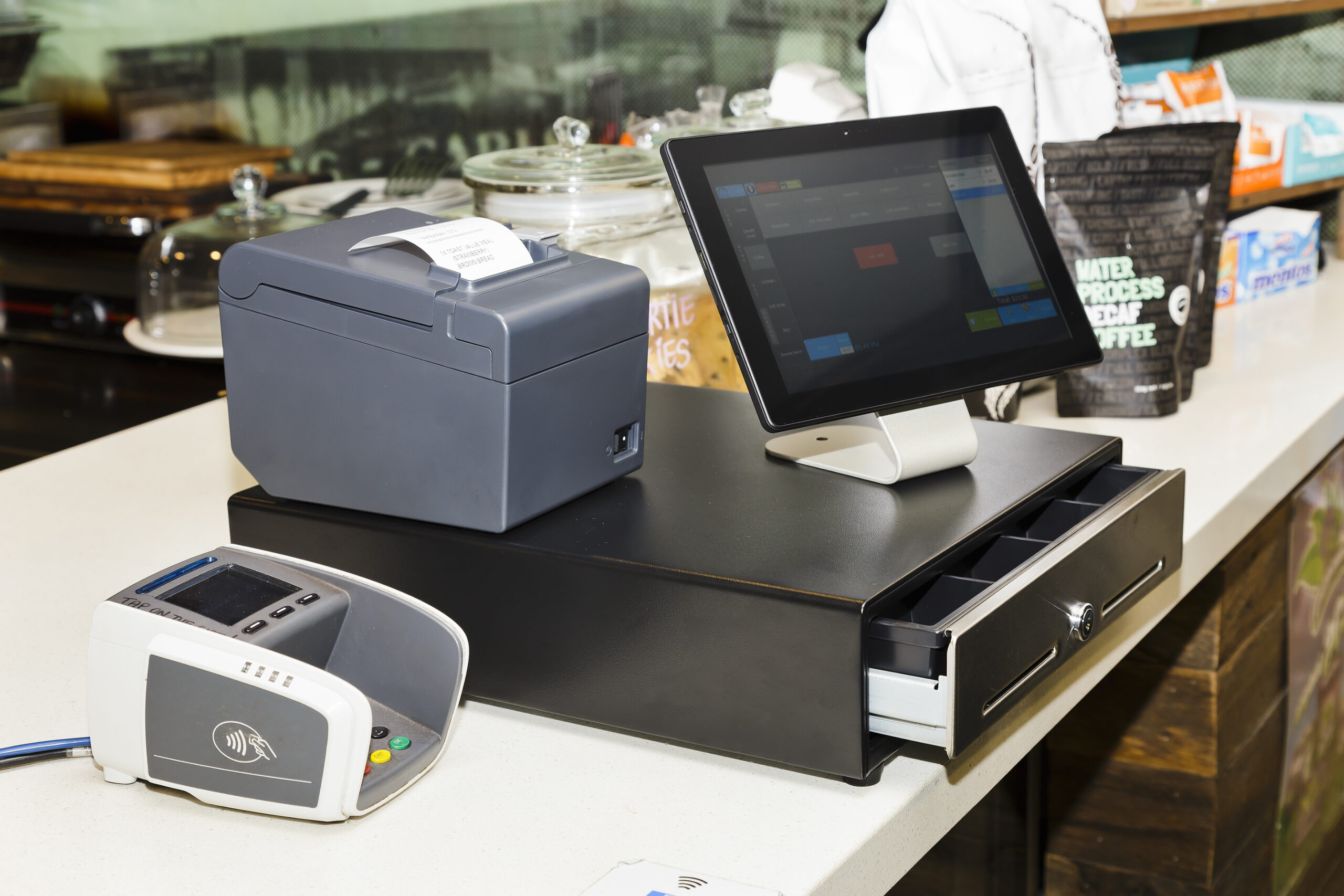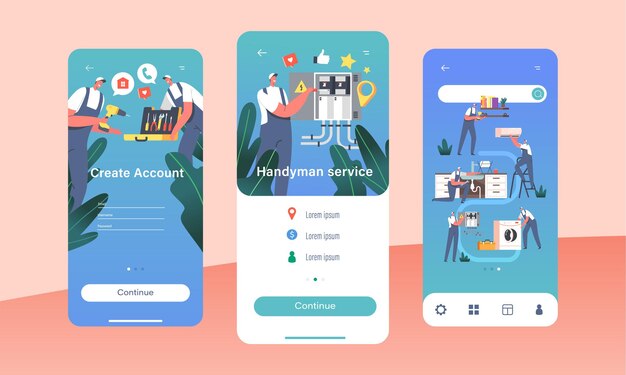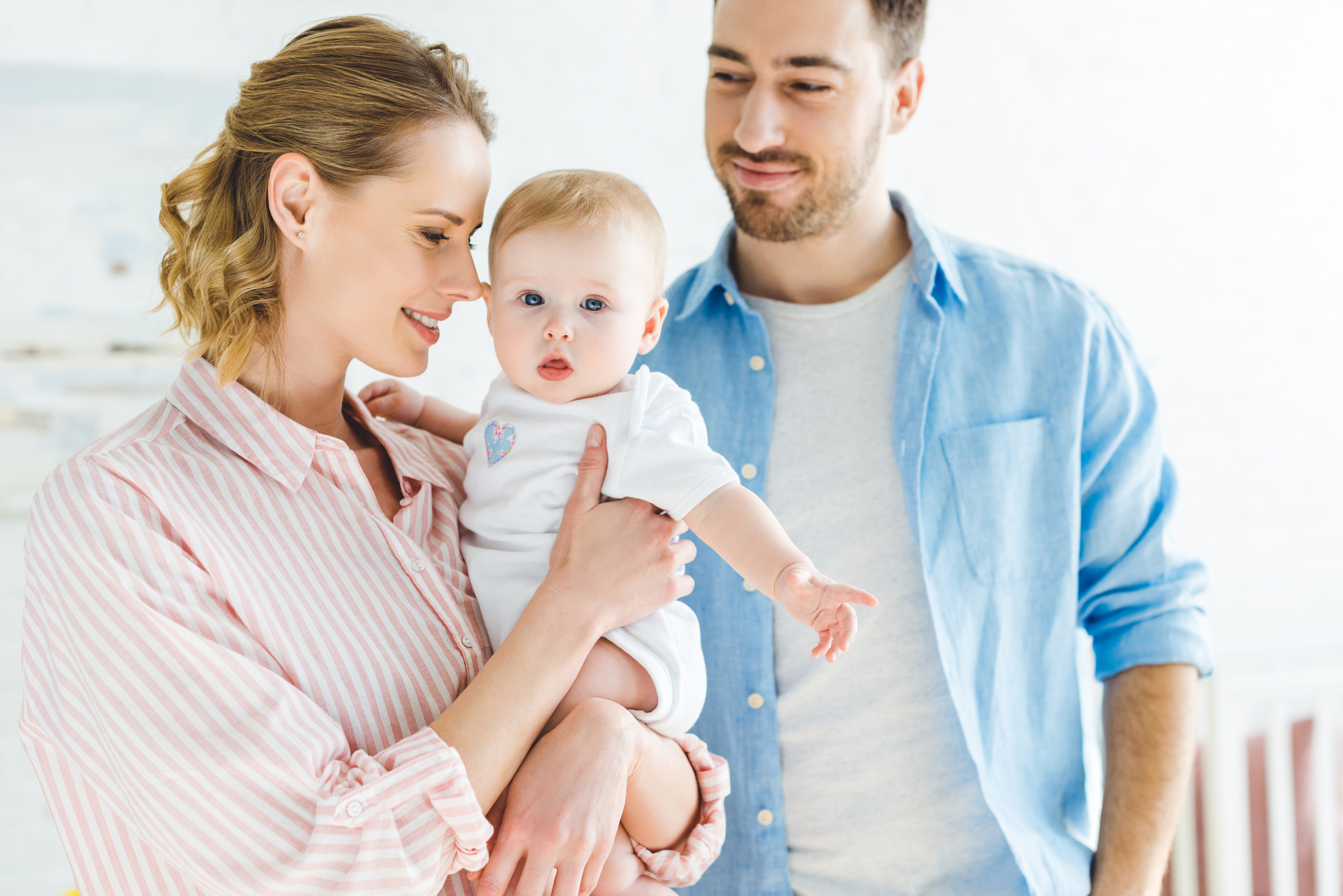Understanding Your Baby’s Developing Vision
One of the biggest challenges that parents and their children face is a communication barrier. When your child is a baby, this barrier is obvious; they literally can’t speak, so there’s no precision in their communication, and you’re left to guess and intuit what they want. As your baby becomes a toddler, they might seem better at communication, but that doesn’t mean you’re getting the full story. Children have far less experience than us, so they may be going through struggles that they either don’t realize they’re experiencing, or don’t know how to verbalize. Changes in vision are one problem your child might not know how to talk about – this is especially true of nearsightedness, farsightedness, and other refractive errors, because your child won’t know what “regular” 20/20 vision is like. This can lead to frustration, and unidentified vision problems – this short guide will help you understand how to spot eye problems, communicate about them with your child, and when to take them to an optometrist.
Early Infant’s Eyes (0-4 months)
This is the period of your child’s life where communication is most difficult, so you need to be aware of how your baby’s eyesight is going to develop. During the first couple of months of your child’s life, their vision is going to develop rapidly; at first, they won’t be able to easily distinguish between two objects, and their eyes may wander, or they may look cross-eyed. By three months, their eyes shouldn’t be crossing frequently, and by four months, they should have some level of binocular vision, the ability to use both eyes together to create depth perception.
During this time, there are a few things you can do to keep your baby’s vision stimulated, assisting them with its development. Moving the crib to a new spot in the room every couple of weeks, using a nightlight at night, talking to your baby as you walk around, and keeping touchable toys within about ten inches of your child’s vision will all encourage them to use their eyes. By the start of month four, your baby will be able to see things further away.
By month three, your baby’s eyes shouldn’t be wandering as much, and they shouldn’t be going cross eyed. When one eye is circling constantly, or if you keep seeing the aforementioned eye wandering and cross eye, you should go see an optometrist. Excessive tearing, white pupils, and red, crusty eyelids are all other signs that an optometrist is needed.
Mid-Infancy (5-8 months)
By month five, binocular vision has developed to the point that depth perception is present. At this point, your baby will be able to see relatively small objects, and they’ll be better adept at distinguishing between bright colours, like pastel pinks and blues. Around 8 months of age, your baby may begin to crawl, which is very good for eye coordination. In fact, crawling has important cognitive benefits, as well as the obvious physical ones. Some parents encourage their kids to start walking right away, but this might not be the best idea; turns out there’s some truth to the adage you have to crawl before you run!
Your baby should have their first eye exam around 6 months of age. Early detection is important to help remedy many of the eye problems that can occur at this age. Though it’s relatively rare to see refractive errors at this age, they will be tested for as well. At this age, babies will be particularly enchanted by mobiles, and they should be given plenty of space on the floor to crawl around; baby safe toys that they can move around are wonderful for their hand-eye coordination. Your optometrist will be thrilled to have your child in for their first exam; we’ve come up with a lot of fun ways to help your baby enjoy their visit.
Late Infancy (9-12 months)
At this point, babies are developing fun skills like object permanence; they’ll come to understand that when something is gone from sight, it doesn’t mean it’s gone forever. This skill is multisensory, but the eyes do play an important part. You can help develop object permanence and visual memory by playing games like peek-a-boo and hide and seek; you can also hide toys for your baby to find. They’ll have a lot of fun developing this new skill, and you’ll have fun with them!
Around this age, your baby should have pretty great depth perception; they should be able to grasp objects between their thumb and forefinger, and they should be able to throw things somewhat precisely (though probably not very far). If you’ve noticed a lack of hand-eye coordination, try encouraging your baby to grasp things and throw towards targets; should the lack of coordination persist, visit an optometrist.
Toddler (1-2 years)
At this point, your child is going to be pretty mobile; encourage this mobility, within reason, giving them plenty of space to move around. This will help them develop even greater hand-eye coordination. You should also play games with them, like rolling a ball back and forth between the two of you, in order to help your child develop spatial awareness. You can also buy toys that help your child develop spatial reasoning, like shape sorters and simple puzzles. Coordination games, like pat-a-cake, are also great at this age.
Storytelling is also very important at this age, because your child’s imagination is going to be very active; by telling them stories, you’ll be able to develop their ability to visualize. Visualization is, of course, extremely important for a number of practical reasons later on in life.
No matter how far your child is in their development, it’s important to watch, listen, and trust your intuition. If something seems off to you, there’s no harm in taking them to an optometrist for a check-up. If your child seems to be struggling with grasping objects, moving around, or finding things, you can always check in with your optometrist or pediatrician. After all, sight, like your baby, is precious.











